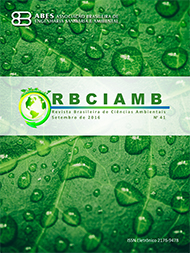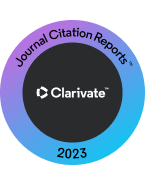THE EVOLUTION OF LANDSCAPE APPLIED IN THE INTERPRETATION OF TRAILS, AT SERRA DOS ÓRGÃOS NATIONAL PARK (PARNASO-RJ, BRAZIL))
DOI:
https://doi.org/10.5327/Z2176-947820160024Keywords:
turismo ecológico; ecoturismo; educação ambiental; unidades de conservação.Abstract
Environmental interpretation aims to translate the technical language of the natural sciences into a language intelligible for the general public, in a ludic and creative way, being an integral part of the public use and environmental education programs in protected areas, relating aspects of the landscape with themes focused on appreciation and conservation. This article refers to the concept of creating an interpretive script involving eight trails and the woods of the National Park Organ Mountains. This article refers to the concept of creating an interpretive script, involving eight track and one grove of the Serra dos Orgãos National Park (PARNASO-RJ). Through a central theme developed for environmental interpretation, users are encouraged to reflect on the “evolution of the landscape”, adding value to the tourism experience and encouraging environmental awareness in this protected area. Thus, visitors can see the intricate ecological and man’s relationship with nature, revealing the importance of PARNASO as an integral core area of the central corridor of the Atlantic Forest — essential for the conservation of this biome.Downloads
Download data is not yet available.
Downloads
Published
2016-09-30
How to Cite
Freitas, W. K. de, Magalhães, L. M. S., Pereira Junior, E. R., & Pinheiro, M. A. S. (2016). THE EVOLUTION OF LANDSCAPE APPLIED IN THE INTERPRETATION OF TRAILS, AT SERRA DOS ÓRGÃOS NATIONAL PARK (PARNASO-RJ, BRAZIL)). Revista Brasileira De Ciências Ambientais, (41), 12–23. https://doi.org/10.5327/Z2176-947820160024
Issue
Section
Articles
License
Copyright (c) 2016 Revista Brasileira de Ciências Ambientais

This work is licensed under a Creative Commons Attribution 4.0 International License.


























